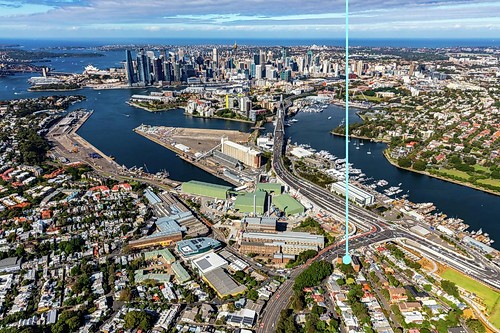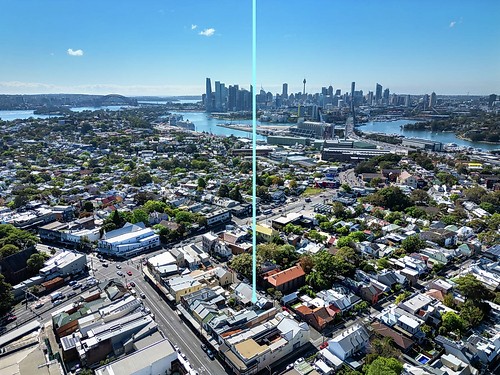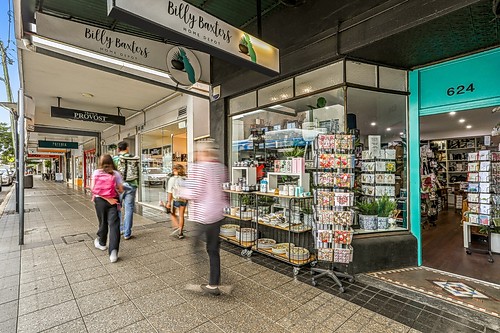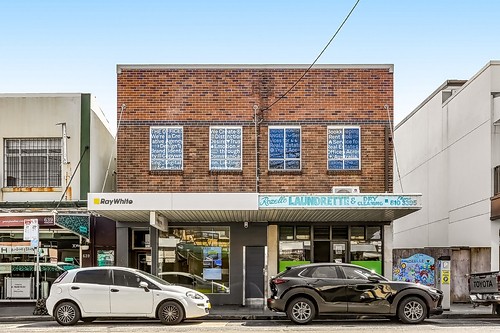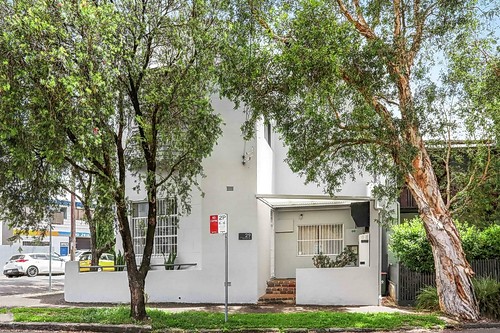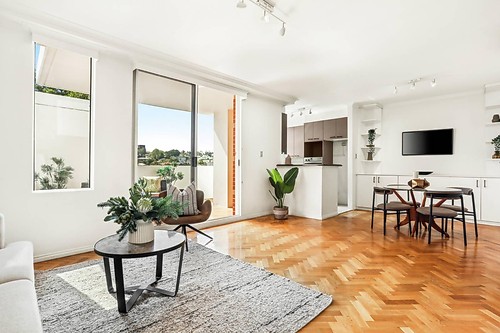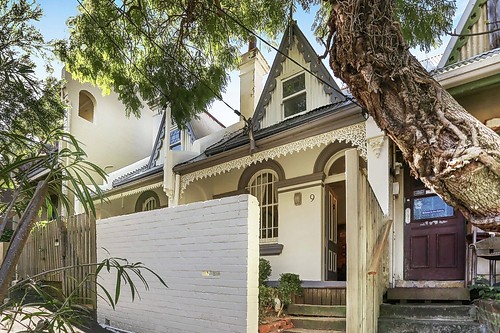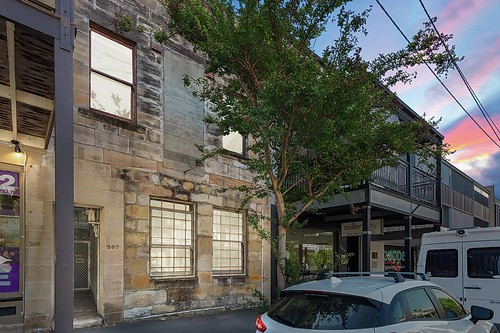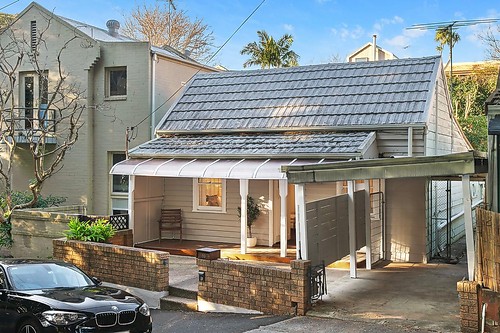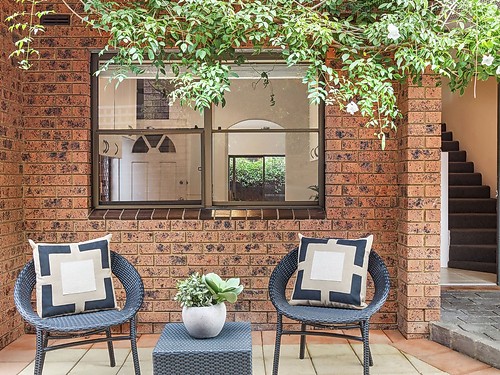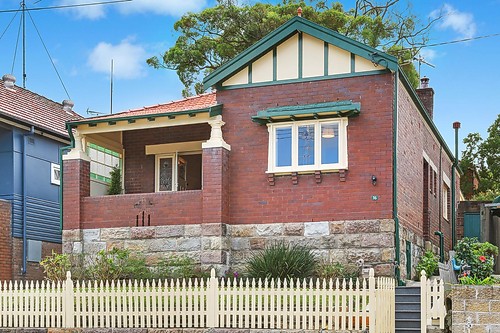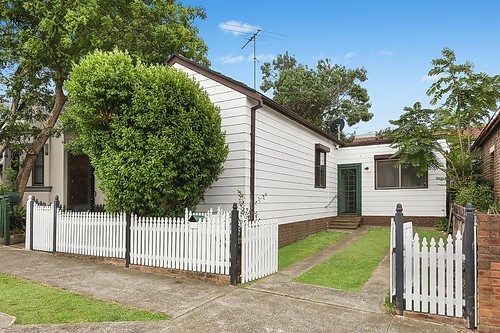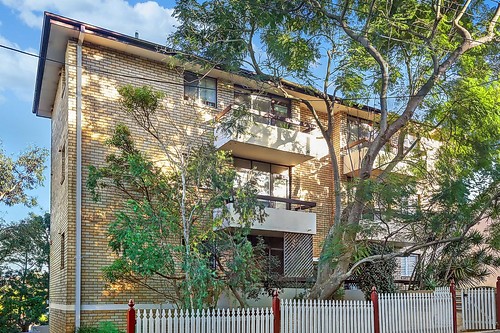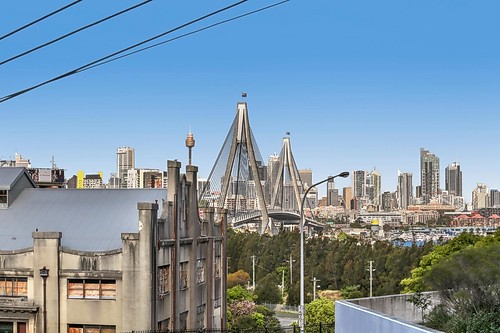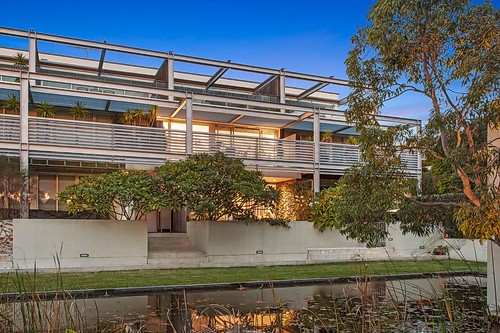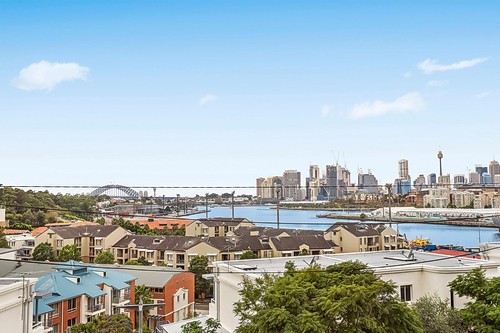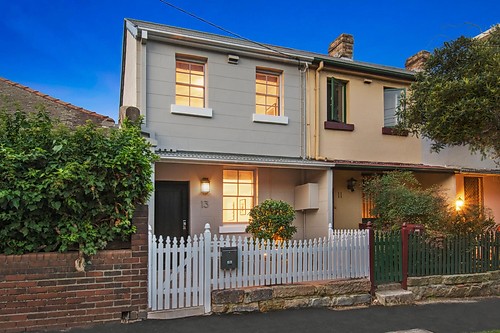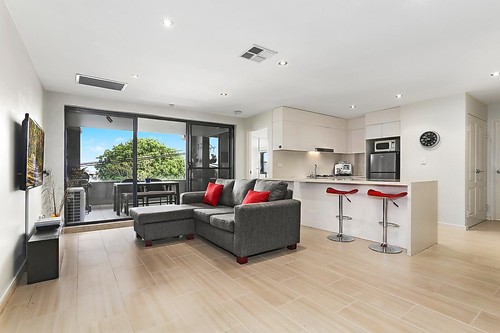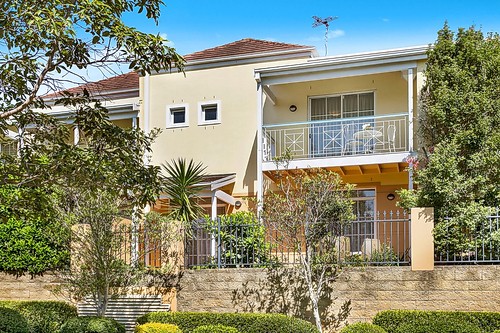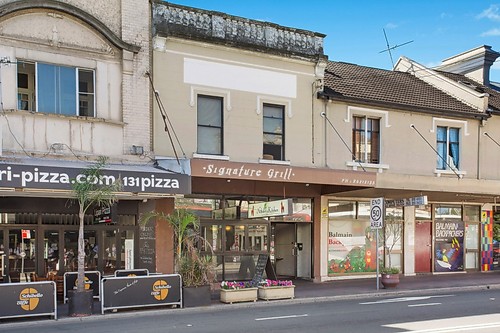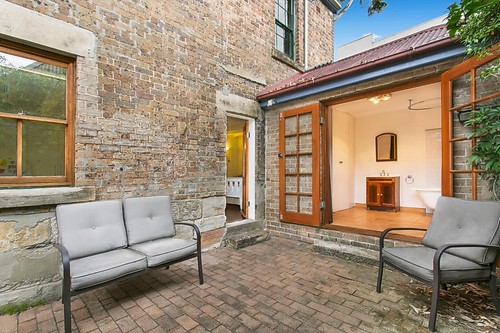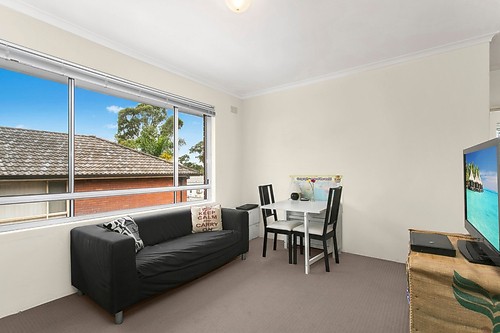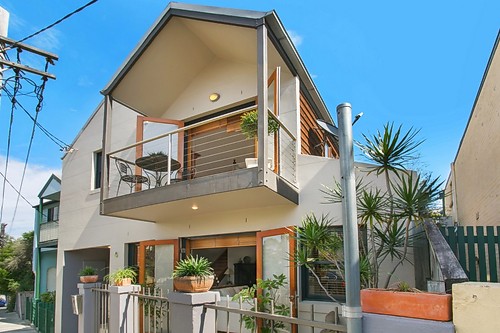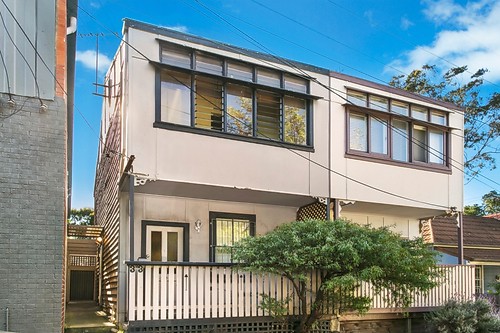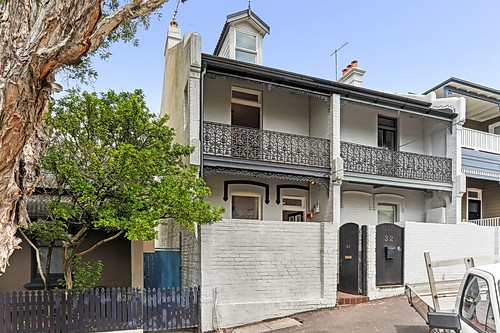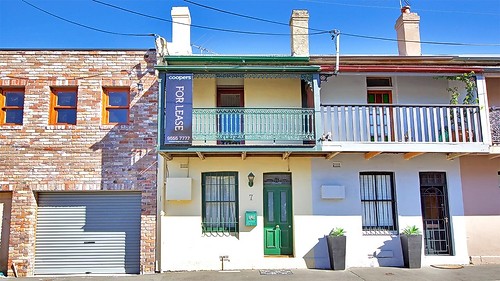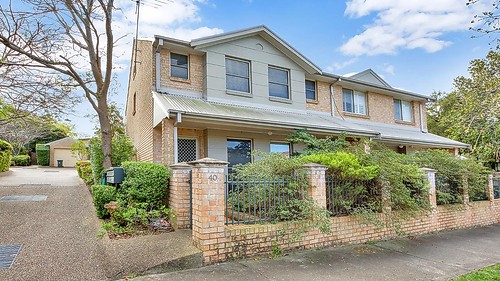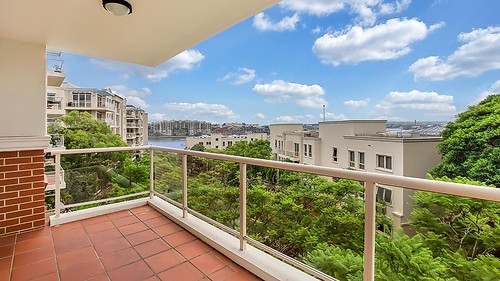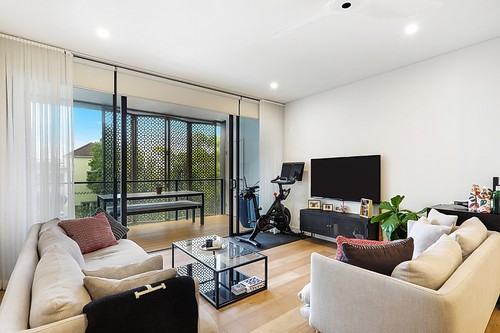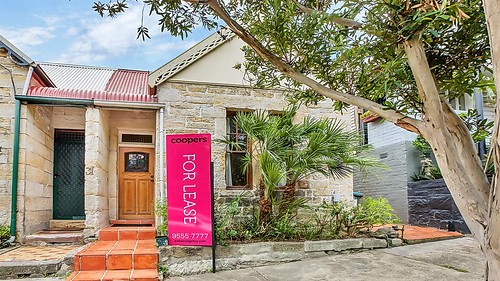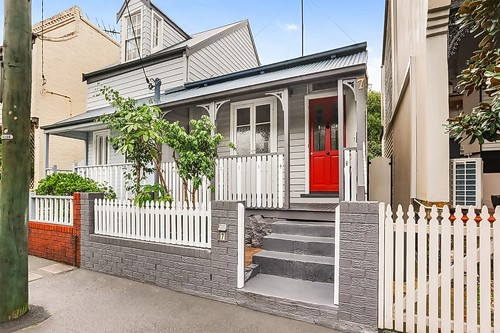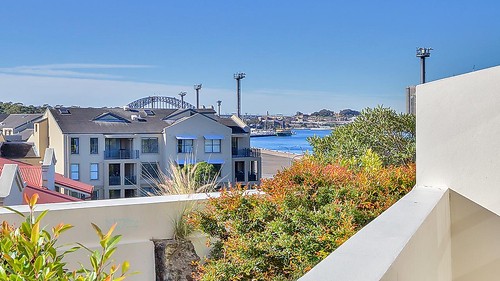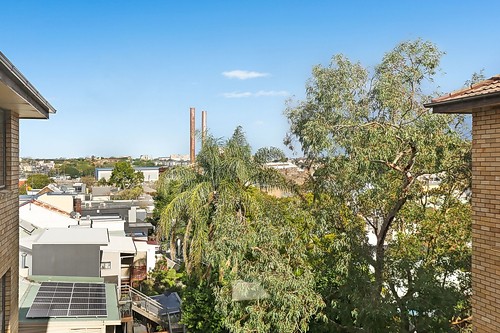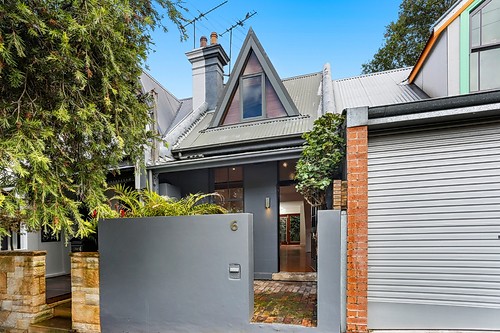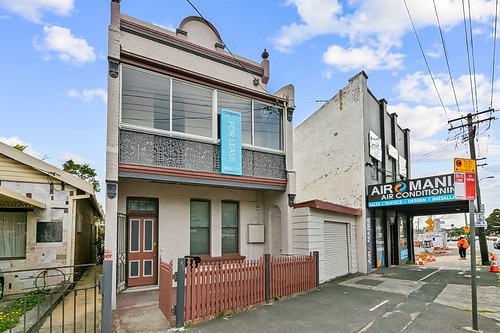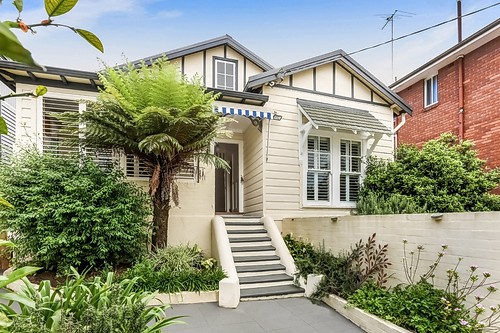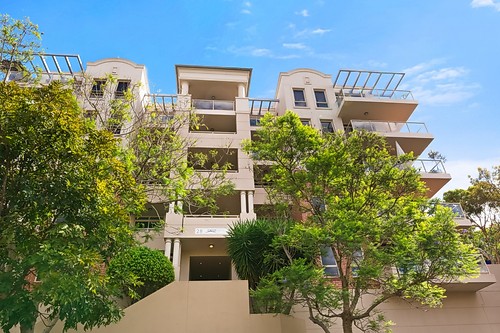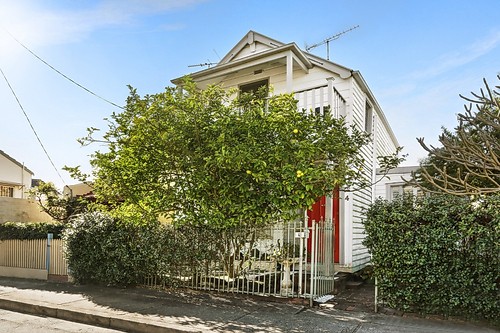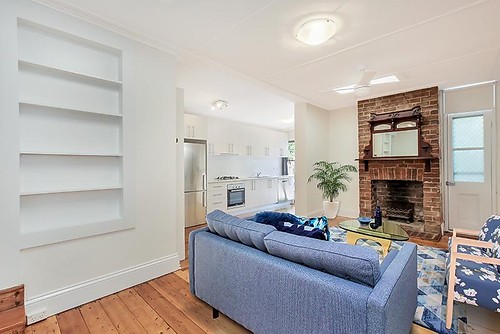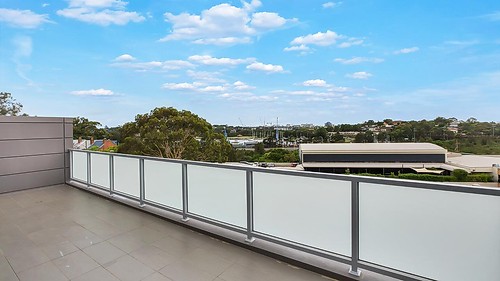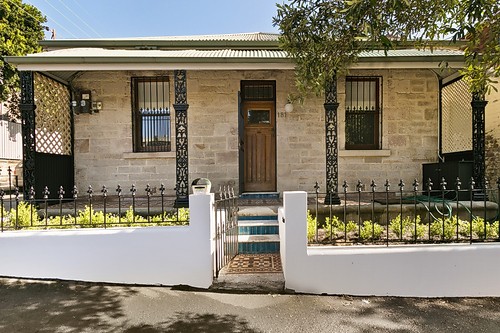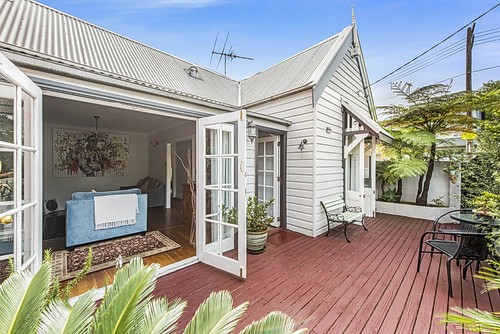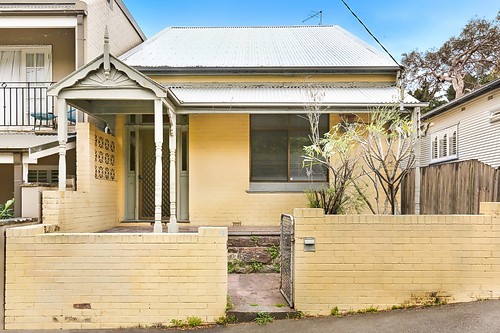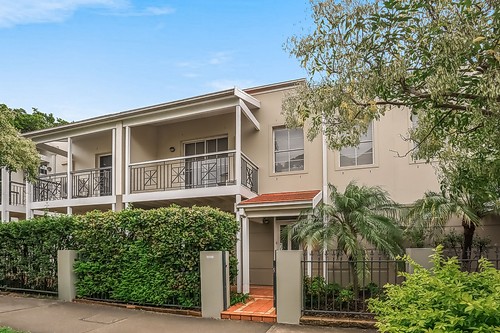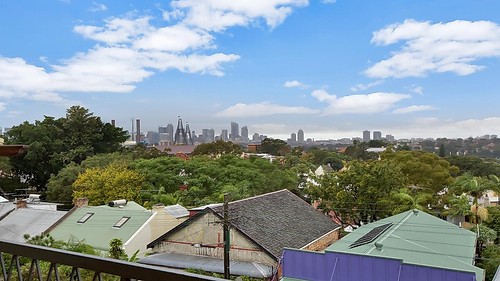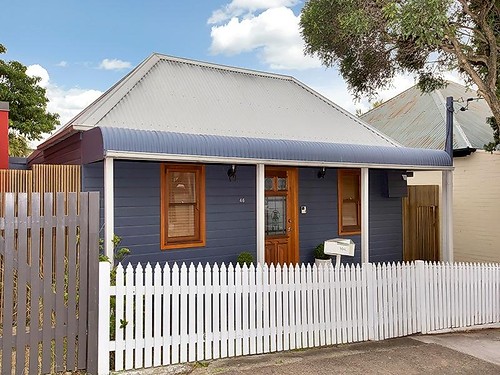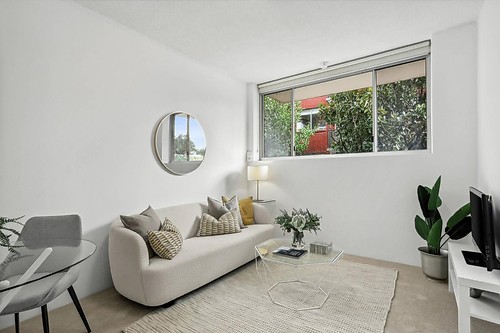Rozelle

History
The area now known as Rozelle was part of a 550 acre (2.2 km²) grant to colonial surgeon Dr William Balmain (1762-1803) made in 1800 by Governor John Hunter
The land was first settled in 1836 and by 1861 had been divided into the well populated eastern suburb of Balmain and the sparsely populated western area, extending to the gates of Callan Park, known as Balmain West.
By 1877 the population of Balmain West had increased and the Balmain post office was inadequate for their needs as a growing suburb. Residents petitioned for a post office of their own and in 1880 Balmain West post office was established in Joseph Gosling's grocery shop at the junction of Weston Road (now Victoria Road) and Withecombe Street. Over the next 10 years the population of Balmain West grew further and in 1891 work started on a new post office on the corner of Weston Road and Darling Street.
In December 1892, prior to the opening of the new post office, the Postmaster-General declared Rozelle (named after the nearby Rozelle Bay to the south east) as the new name for the Balmain West post office. The new Rozelle post office opened in 1894 and by the early 1900s, both the suburb itself and local residents had adopted the name.
The name Rozelle and Rozelle Bay (often shown as "Rozella Bay" on old maps), originated from the parrots found in abundance at Rose Hill (near Parramatta) the first suburb of Sydney, established as a prime farming area for the new colony. The parrots, also in abundance in the inner west Bay area of Sydney, were commonly called "Rose Hill parrots" or "Rose-hillers" then Rosella.
Landmarks
- Rozelle Tram Depot, constructed in stages from 1904, is the largest remaining tram depot in Sydney, and is one of five remaining tram depots in the state of New South Wales. Operations ceased on 22 November 1958. The depot at present contains six historic trams, some of which date back to the 1930s, as well as an old coach that has been heavily vandalised. The trams that were in near mint condition prior to 2000 have now been vandalised, stripped and painted with graffiti.
- A dominant structure on the landscape, the coal fired White Bay Power Station supplied electricity to Sydney for 70 years during the 20th century and was last used in 1983. The station now lies derelict at the junction of Roberts and Victoria Road at White Bay. Next door stood the White Bay Hotel, which opened in 1916 but fell victim to lack of customers in 1992 and was destroyed by fire in 2008.
- On the western side of the peninsula, the wonderful art deco Iron Cove Bridge, which opened in 1955, is a gateway across the Parramatta River linking Rozelle with the suburb of Drummoyne. Beside the bridge on the Rozelle side, is the site of the Balmain Power Station, which was demolished in 1996 to make way for residential apartments.
- On the eastern side stands the ANZAC Bridge, completed in 1996, it is the main arterial link between the inner west and Sydney city. Below the bridge lies its predecessor, the Glebe Island Bridge, which opened in 1901.
- St Paul's Presbyterian Church, Darling Street, was designed by E.J.Bowen and built in 1904. It is a brick building with stone trimmings and a slate roof. It is now listed on the Register of the National Estate.
- Rozelle Public School, corner Darling Street and Victoria Road, was designed by John Horbury Hunt and built of sandstone in 1877. An extra wing was designed by W.E.Kemp and built in 1881. The school is now listed on the Register of the National Estate.
- Rozelle Markets (open Saturday and Sunday)
Schools & Transport in Rozelle
Bus Services












































Properties in Rozelle
